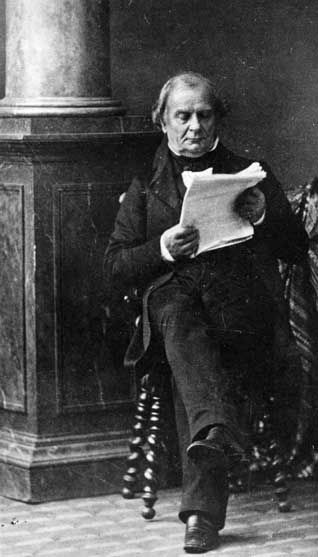-
 Sub-unit
Sub-unit
-
 Solar flare
Solar flare
-
 Mitosis
Mitosis
-
 Watt
Watt
-
 Antiepileptic
Antiepileptic
-
 Smoketree
Smoketree
-
 Angelica
Angelica
-
 Livery
Livery
-
 Jurassic
Jurassic
-
 Glass transition
Glass transition
-
 Nuisance
Nuisance
-
 ATRAC3
ATRAC3
-
 Whirlpool galaxy
Whirlpool galaxy
-
 Chilblain
Chilblain
-
 Photochemical pollution
Photochemical pollution
-
 STN
STN
-
 Transparent
Transparent
-
 Vacuole
Vacuole
-
 Specialised link
Specialised link
-
 Magnetic pole
Magnetic pole
-
 Greenhouse gas
Greenhouse gas
-
 Renaturation
Renaturation
-
 Blue Car
Blue Car
-
 Hackberry
Hackberry
-
 Pit
Pit
-
 Mab
Mab
-
 Vapour barrier
Vapour barrier
-
 Pedipalp
Pedipalp
-
 Positronium
Positronium
-
 Somite
Somite
Clausius-Clapeyron relation
The Clausius-Clapeyron relation, from the names of the German physicist and mathematician Rudolf Clausius and the French engineer and physicist Benoît Paul Émile Clapeyron (1799-1864), is used to calculate the latent heat L for the phase change of a pure substance as a function of the molar volumes of the substance in the two phases in equilibrium concerned. In general, the two phases are gas/ liquid or gas/solid and we then obtain the following law for the variation in pressure P of the gas as a function of temperature T:
where v1 and v2 are the molar volumes of the substances in the two phases considered, and L is the latent heat of phase change.
This formula has important applications in solid-liquid transitions. It explains why an increase in pressure at a given temperature makes ice melt (e.g. when ice skating) and more generally why liquid water and ice can co-exist in different temperature and pressure conditions.
The Clausius-Clapeyron relation only applies to first order phase transitions. For second order phase transitions the Ehrenfest formulae are needed.
 Benoît Paul Émile Clapeyron (Credit: ENSMP).
Benoît Paul Émile Clapeyron (Credit: ENSMP).
Latest
Fill out my online form.



